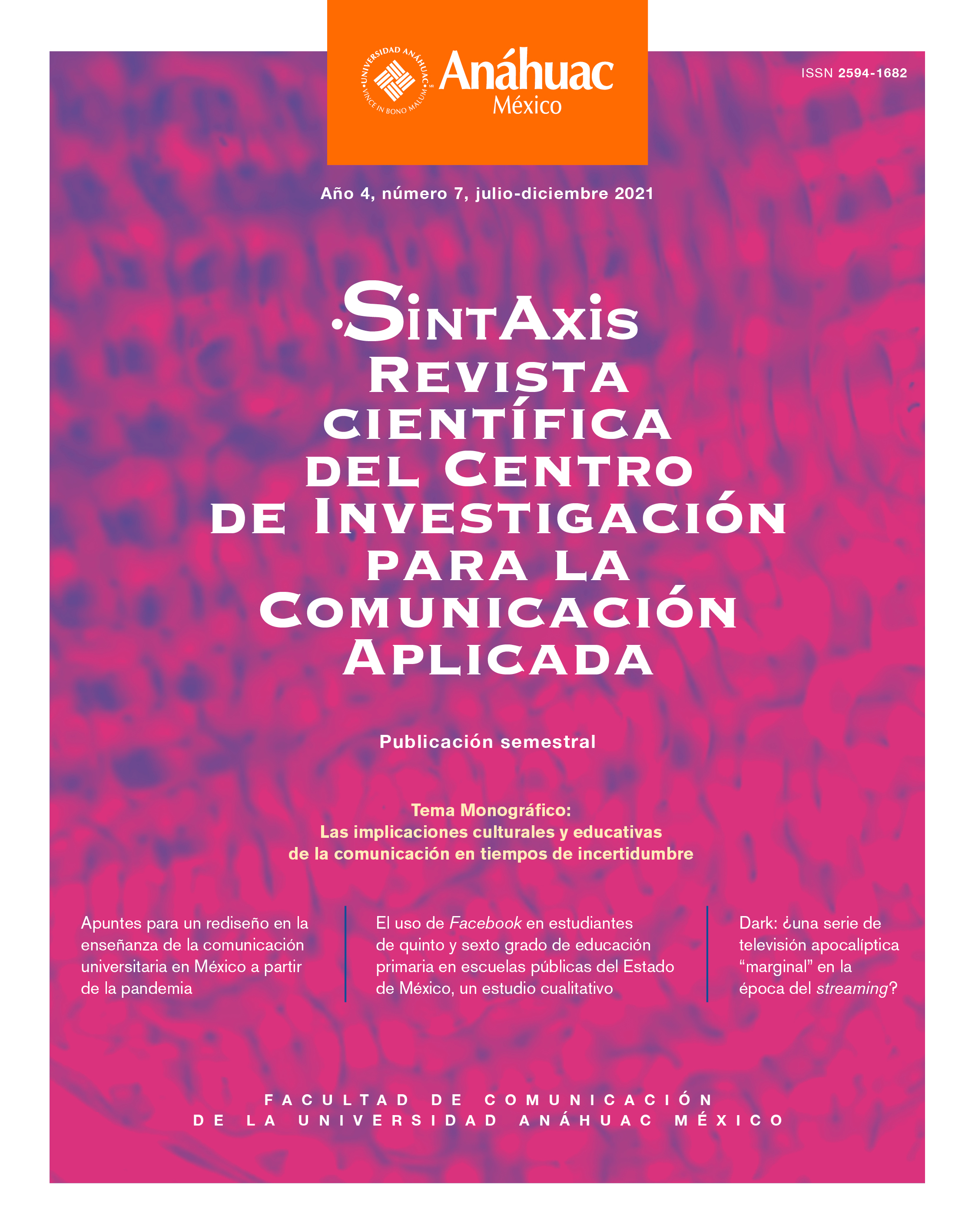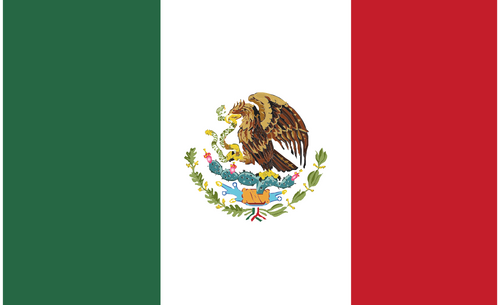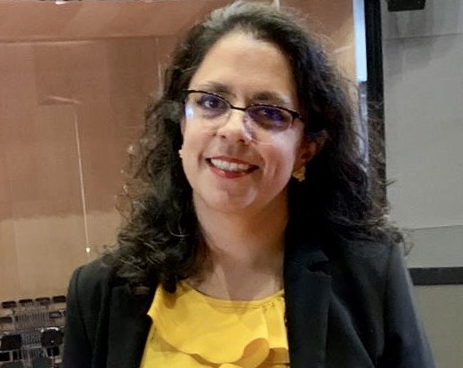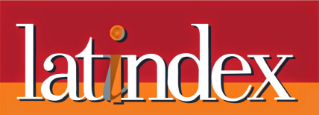Núm. 7 (2021): Las implicaciones culturales y educativas de la comunicación en tiempos de incertidumbre

Los estudios en comunicación cuentan con varios andamios epistémicos para construir visiones que explican la trama que atraviesa lo humano con la realidad. El valor de cada una de estas estructuras metodológicas es de distinto alcance, porque no hay un solo discurso abarcador. Cada aproximación metodológica ofrece una comprensión de una parcela de la realidad, de ahí la necesidad de sumar cada vez nuevos temas que analicen problemáticas de la realidad social desde una mirada integradora, que contextualice y analice desde las estructuras disciplinarias, con la finalidad de explicar fenómenos que suelen pasar inadvertidos o que se han naturalizado. Hacer este ejercicio suele llamarse metacomunicación, pues lo que se busca es estudiar, analizar y explicar a la misma comunicación, es decir, lo que la comunicación hace posible, incluso cuando parece no hacer nada (Watzlawick, Beavin & Jackson, 1991), pues la inacción, la apatía y el desinterés son formas de comunicación. De tal forma que en este número de Sintaxis se presentan estudios que están construidos con estos andamiajes epistémicos y estructuras disciplinarias que en conjunto nos ayudan a seguir pensando y analizando nuestro tiempo y nuestra presencia en este mundo.
En el número 7 de la revista Sintaxis, dedicado a las implicaciones culturales y educativas de la comunicación en tiempos de incertidumbre, nos preguntamos: ¿Cómo están enfrentando las organizaciones la crisis sanitaria? ¿Cómo se ha transformado la educación en estos tiempos de confinamiento? ¿Cuáles son los cambios culturales y sociales que más afectan a la comunicación, a las relaciones entre personas, a las relaciones entre grupos y a las organizaciones? ¿Cómo se han reconfigurado la sociedad, las organizaciones y las personas mismas a través de la comunicación ante la COVID-19? ¿Qué marcos de referencia son los más importantes en este tiempo de incertidumbre, y cuál es su enfoque de la comunicación?
Contenido
Carta de la Directora del Centro de Investigaciónpara la Comunicación Aplicada, p. 7
Carta de los editores, p. 9
Artículos
Comunicación y responsabilidad social: percepciones estudiantiles en dos universidades privadas del norte de México, p. 13
La polarización en las democracias contemporáneas. Esbozo de un modelo analítico de comunicación política populista, p. 33
Apuntes para un rediseño en la enseñanza de la comunicación universitaria en México, a partir de la pandemia, p. 50
La credibilidad de los medios y de la información sobre la salud entre los habitantes de la Ciudad de México durante la pandemia COVID-19 (julio-diciembre 2020), p. 78
Hacia la formación profesional intercultural en un mundo globalizado. Estudio de caso de la Licenciatura en Ciencias de la Comunicación, de la Universidad Autónoma de Baja California, p. 93
La campaña audiovisual de la “Jornada Nacional de Sana Distancia” y su heurística de la afectividad como parte de la comunicación del riesgo entre los turistas nacionales de México durante la pandemia provocada por el SARS-CoV-2, marzo-diciembre 2020, p. 111
El uso de Facebook en estudiantes de quinto y sexto grado de educación primaria en escuelas públicas del Estado de México, un estudio cualitativo, p. 135
Investigaciones anteriores al confinamiento, ocasionada por el COVID-19, sobre el uso de YouTube y los adolescentes, p. 155
El “estilo de no tener estilo”: procedimientos estilísticos en la redacción de artículos científicos y sus implicaciones en la producción de sentido, p. 176
Dark: ¿una serie de televisión apocalíptica “marginal” en la época del streaming?, p. 188


















